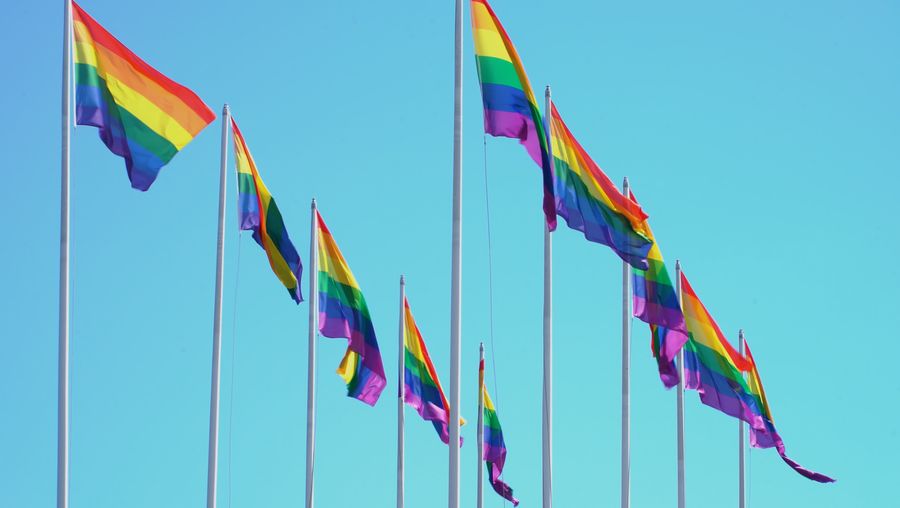What is the history of same-sex marriage?
The definition of marriage as a legal and social concept has a long and complex history.
Encyclopædia Britannica, Inc.
Transcript
The definition of “marriage” as a legal and social concept has a long and complex history, with one of the most-asked questions centering on who is allowed to marry whom. Different countries and generations have taken different approaches toward same-sex marriage, ranging from celebration to toleration or even condemnation.
Many countries with conservative or religious majorities still treat the idea of same-sex marriage with hostility, and some continue to criminalize homosexual acts.
Some scholars contend that same-sex unions were recognized in medieval Europe. There isn’t a consensus on that, however, and most laws granting same-sex marriage the same status as heterosexual marriage were created in modern times.
The Netherlands became the first country to legally recognize same-sex marriage, in the year 2000.
More than 30 countries now offer marriage equality. Most of them achieved it through national legislation. Other countries, including the United States and Costa Rica, legalized same-sex marriage via courts decisions.
One of the first steps toward legalization in the United States involved overturning the Defense of Marriage Act, or DOMA. Enacted in 1996, DOMA denied to same-sex couples the federal benefits and protections generally given to heterosexual spouses, such as rights to inheritance, insurance, and social security.
DOMA’s limiting definition of marriage was struck down in 2013. This was followed in 2015 by the Supreme Court decision in Obergefell v. Hodges that guaranteed the right to marry as a fundamental liberty.
PRES. BARACK OBAMA: Generations of couples who insisted that “love is love,” we now live in an America where all of our marriages – and our families – are recognized as equal under the law.
This overturned the bans on same-sex marriage in certain states. In 2022, President Biden signed the Respect for Marriage Act into law. This mandates that states recognize marriages regardless of sex, race, ethnicity, or national origin.
PRES. BARACK OBAMA: Generations of couples who insisted that “love is love,” we now live in an America where all of our marriages – and our families – are recognized as equal under the law.
This overturned the bans on same-sex marriage in certain states. In 2022, President Biden signed the Respect for Marriage Act into law. This mandates that states recognize marriages regardless of sex, race, ethnicity, or national origin.

